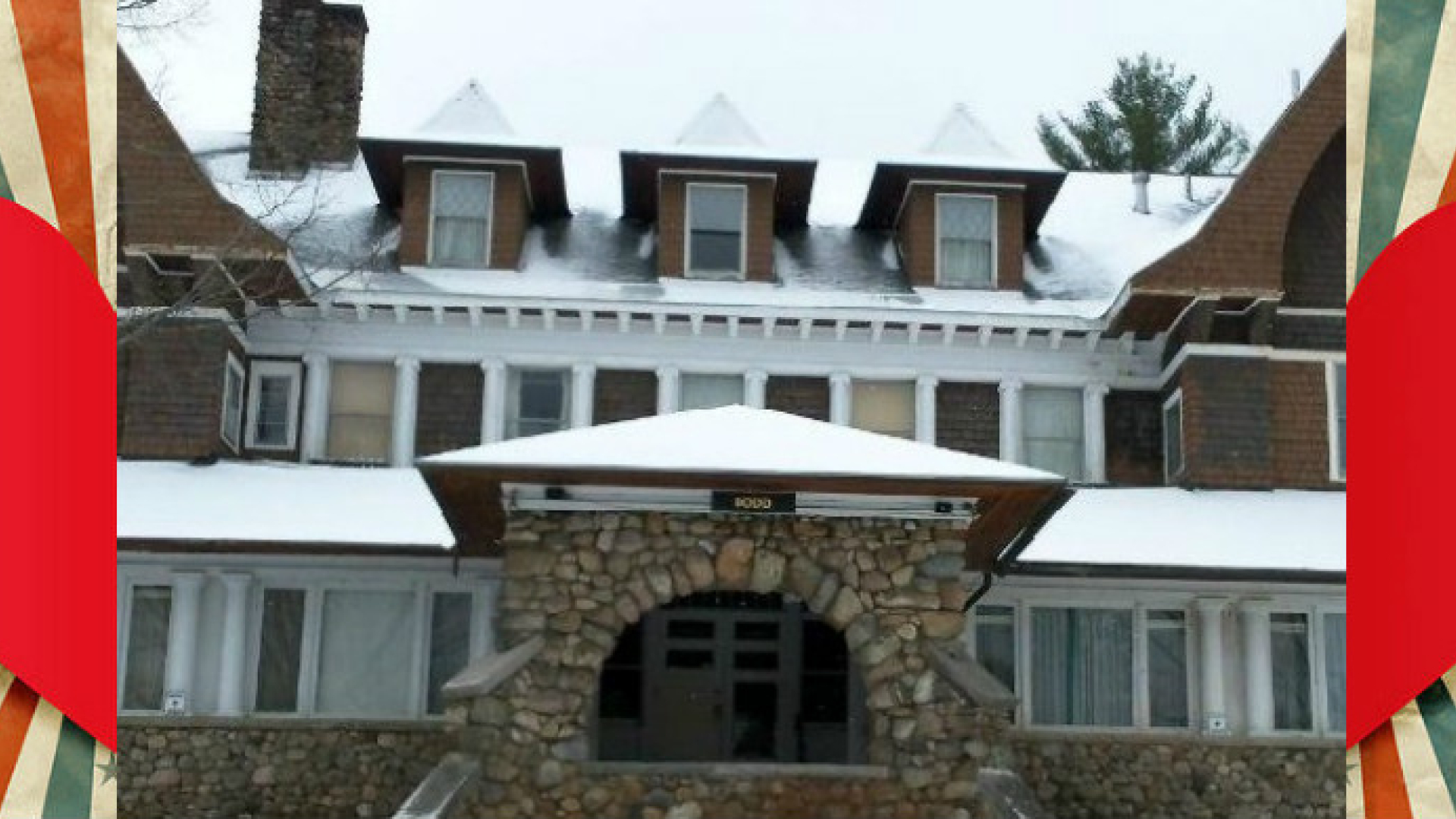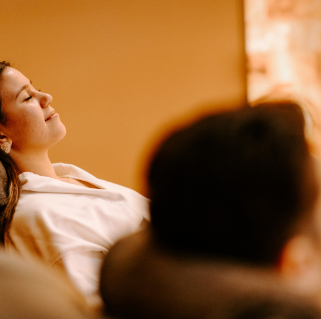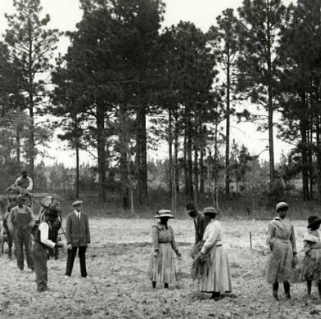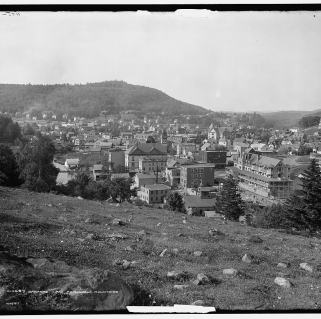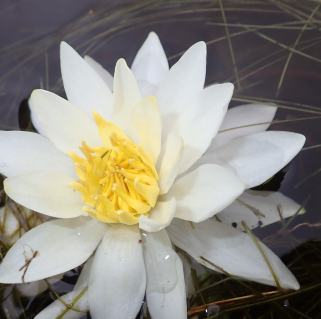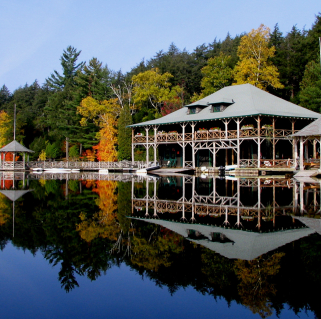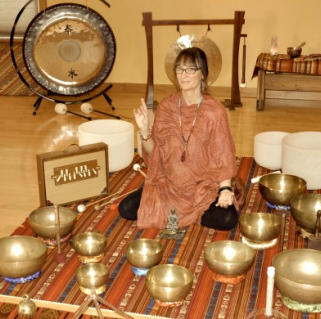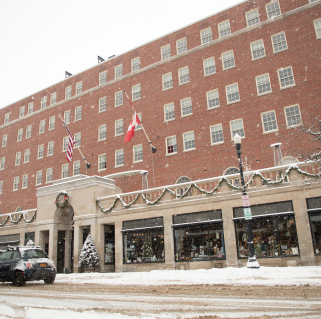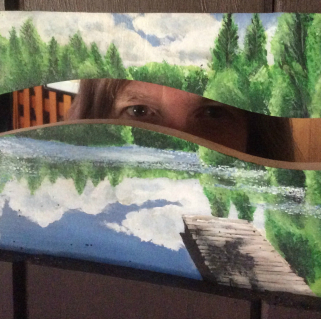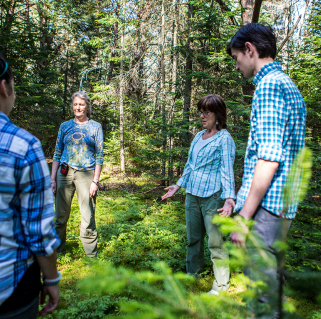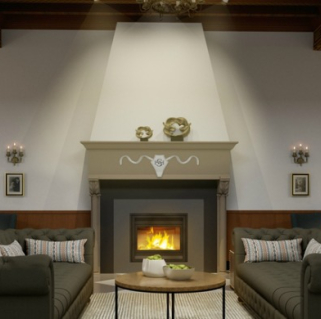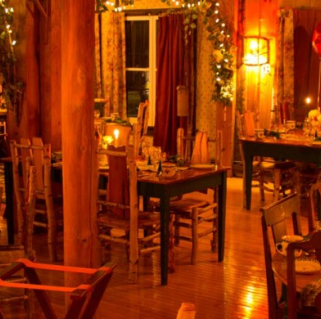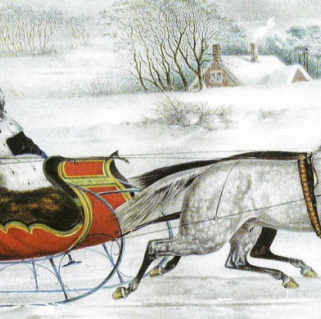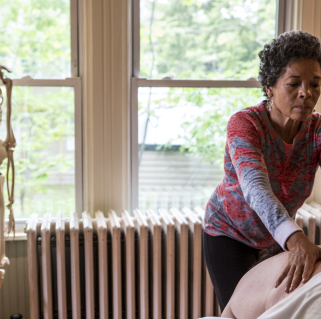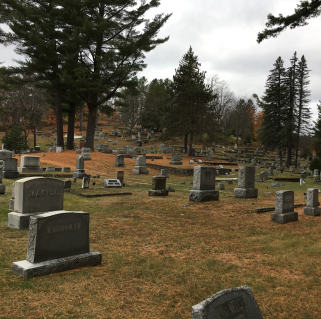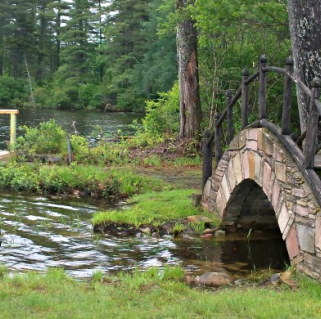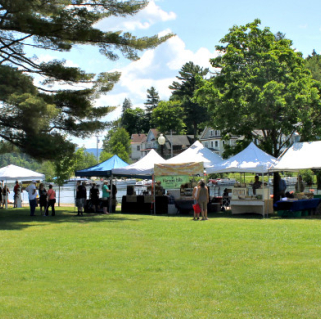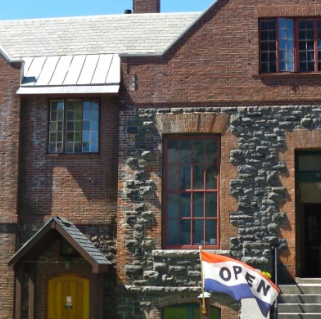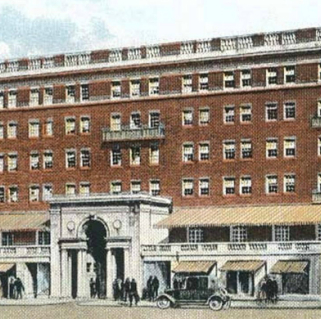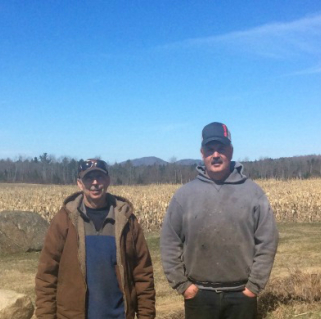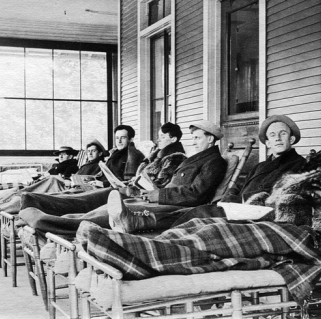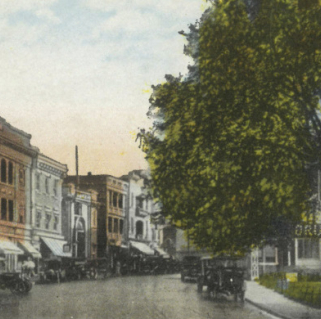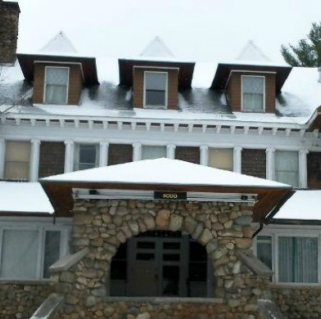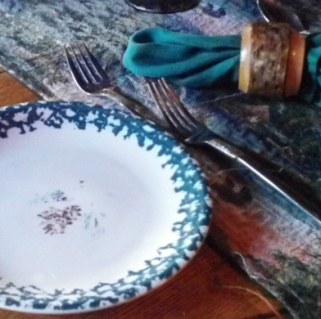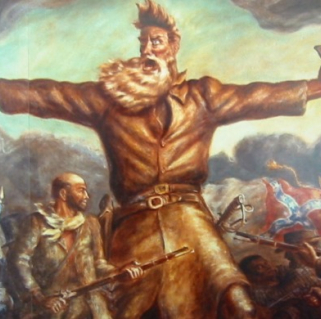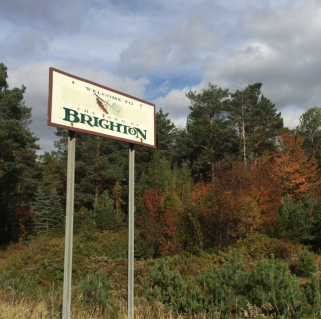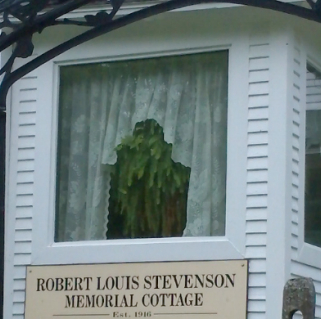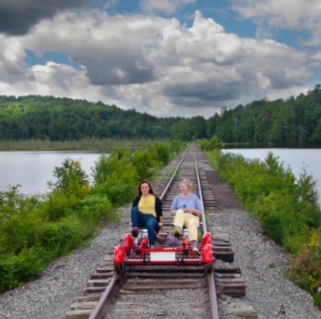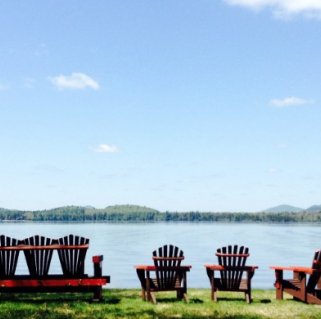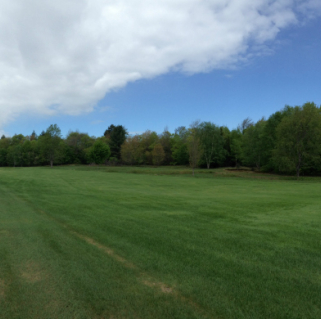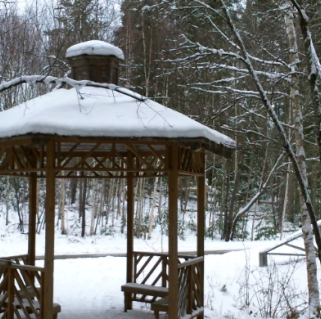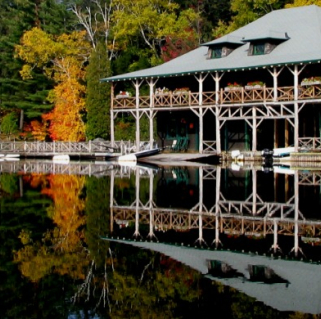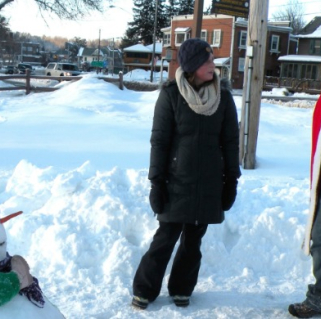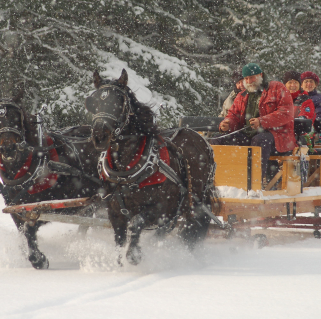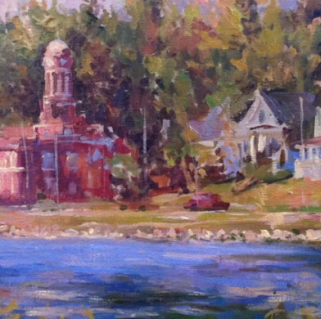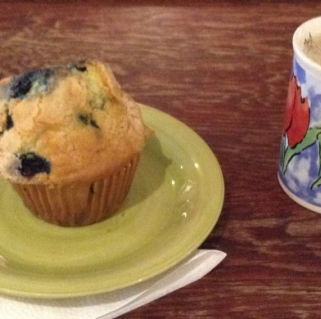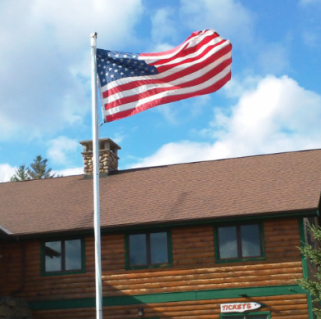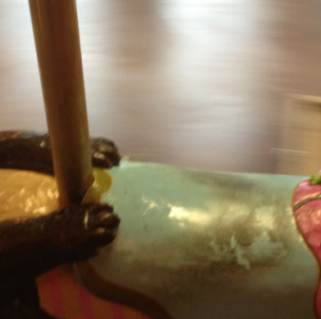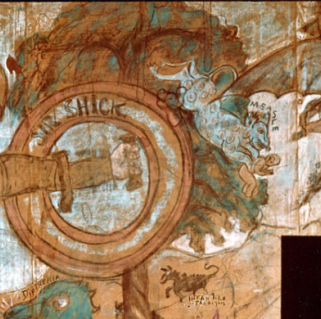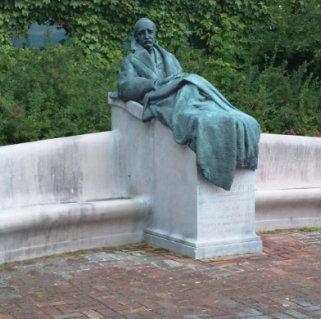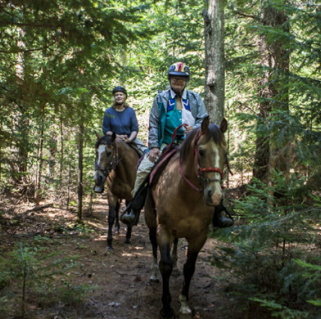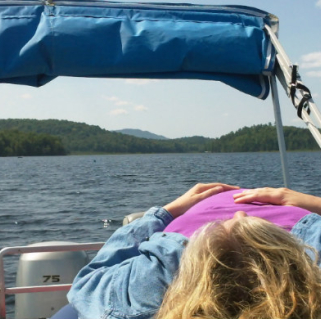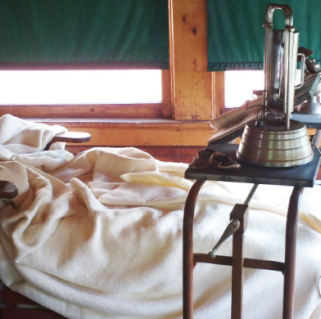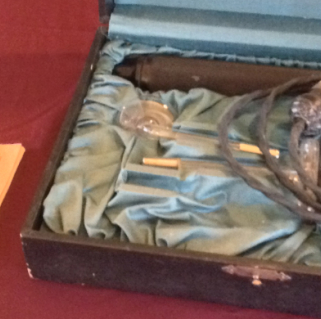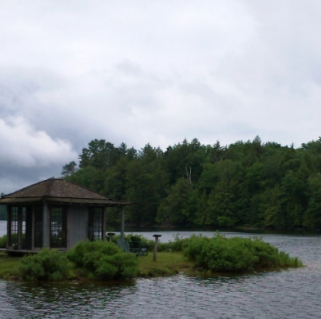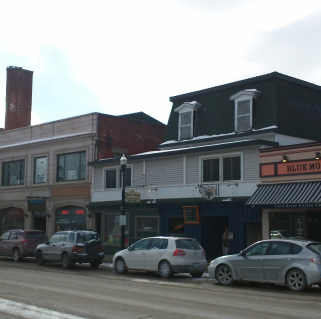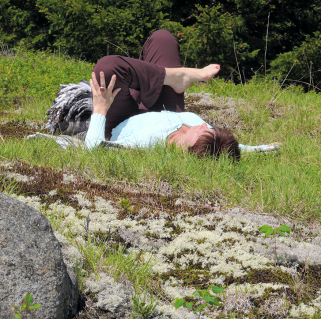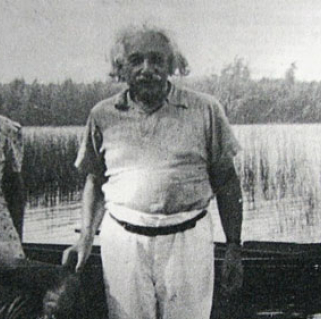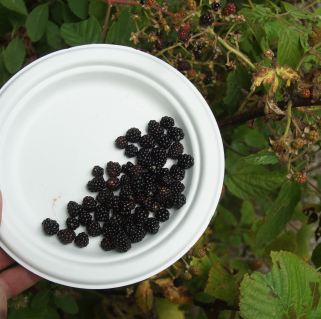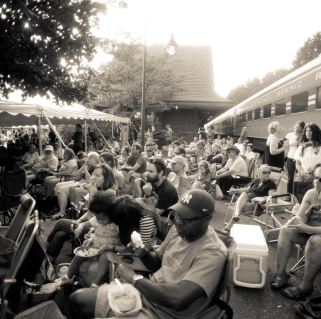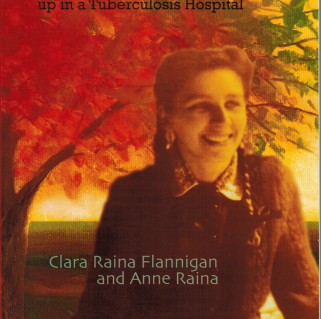Pamela Merritt
February 09, 2016
During Saranac Lake's years as a tuberculosis curing center, people got off the train... alone. They had left everyone behind, and were worried that it might be years before they saw them again.
Patients had to create a whole new set of social connections for themselves. Some of the new people they met would become close friends. Some of them would be more of a romantic attachment.
There was a specific Trudeau terminology for the closeness that could develop between a female and a male patient. It was called "cousining."
the challenge of illness
All new patients were supposed to be on bed rest with their meals brought on a tray, until their condition passed certain markers of improvement. This was a tough hurdle for even the most determined of the socially-minded.
Any attempts to "play hooky" could result in a worsening of their condition, a "setback," and more bed rest.
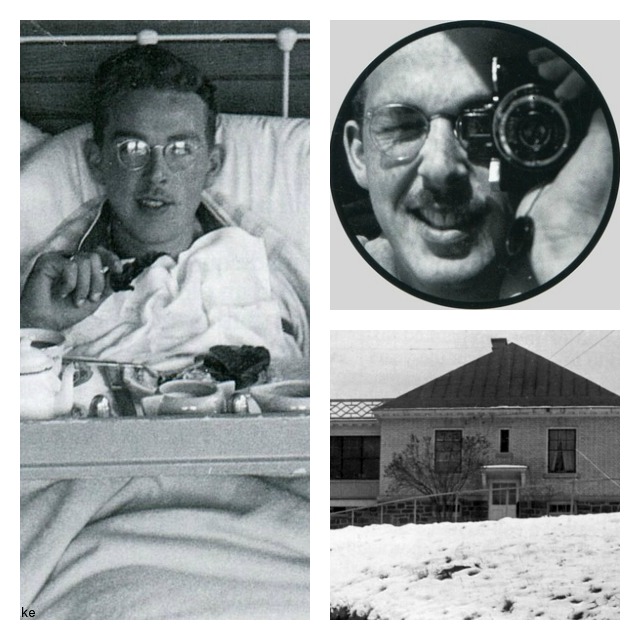
Richard H. Ray, author of "Saranac 1937-1940: A Memoir," recalled:
And to make matters worse, my one prospective "cousin" had been experiencing much the same sort of spring with one set-back after another so it was a girl-less summer coming along until this duo showed up one day.
[two local teen girls] came strolling along the road from town and dropped in to visit and share their teen-age effervescence with us. What a lift for our uncured selves to have these blithe spirits arrive, spreading cheer like huckle-berry jam. They came to talk, laugh, listen to our music, giggle and for perhaps a half hour let us be not TB patients, but just some young men being happy and carefree. And when I moved along to Ray Brook, they got dressed up in their white gloves and brightened my life there, too.
Because the health codes in Saranac Lake had been crafted by doctors with extensive experience with the disease, there was very little risk of infection between patients and people who did not have the disease. So people from town visited patients, and those who were able to take more exercise were allowed to mingle in the life of the town.
It was an excellent way to lift their spirits. Dr. Trudeau considered the mental wellness of the patient as important as their physical state.
I was willing to be a cousin but never made much headway between setbacks. There were moments that seemed promising and several prospective cousins who seemed to have setbacks when I was ready or vice versa. There resulted much visiting, note-writing and day-dreaming, but little action.
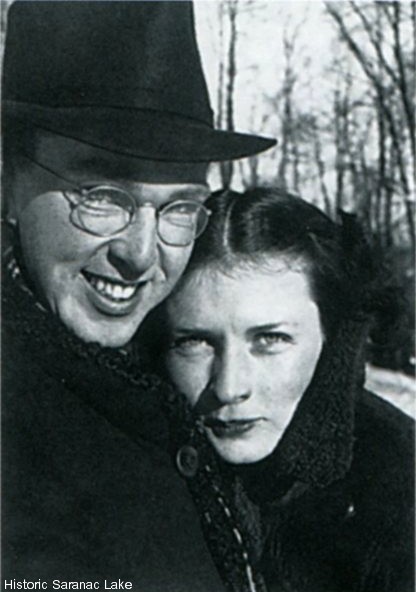
Some of the patients were already married or had a significant other back home. Yet, as the curing time stretched on, it became difficult to not respond to interest from another patient. They shared the same routines, hurdles, and fears. They would understand that a raised temperature or surgical procedure had to supersede plans they might have made.
Such shared interests can be a powerful attraction. A gazebo on the Trudeau Sanatorium grounds became known as the "cousinola" because it was such a popular meeting spot.
the chance meeting
Sometimes it was a case of two people meeting in Saranac Lake when, under normal circumstances, they would not have met at all.
Louis Mackay, aged 23, left Connecticut in 1930 to regain his health in Saranac Lake. He became friends with Priscilla Christensen, who was curing at the same cottage. A year later Helen Jensen, and her sister Ethel, made the long drive from New Jersey to visit Priscilla, a former neighbor.
Helen and Lou fell in love at first sight.
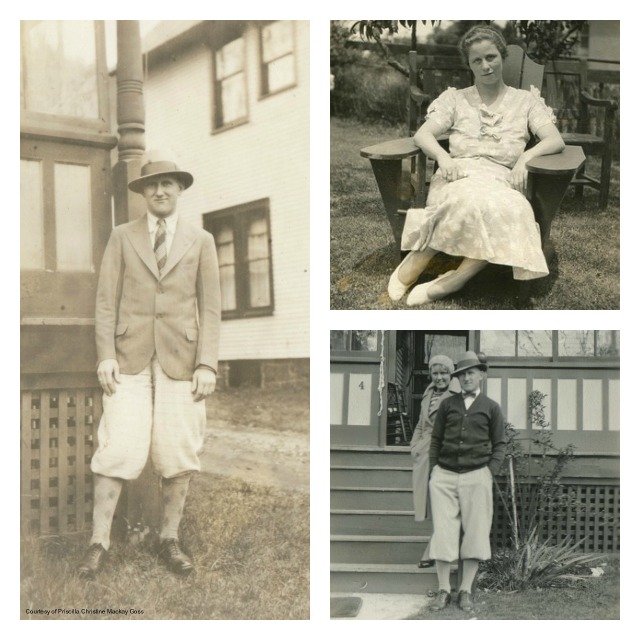
There were still obstacles ahead with the state of Lou's health. They conducted a courtship through the mail, and Helen made occasional visits. This took two days of driving in her Model A Ford Roadster, so she could not come that often.
Lou's health improved to the point that they made plans for a November wedding in 1936, but Lou's work on their new house created another health crisis. Lou took to his bed at home, and at least the sweethearts could be together every evening. Lou became interested in ham radio as a way of wiling away the long hours, and this, in turn, led to a new profession, a radio and television business, that would not be enough physical effort to risk his health again.
They remained happy together until Helen's death in 1955.
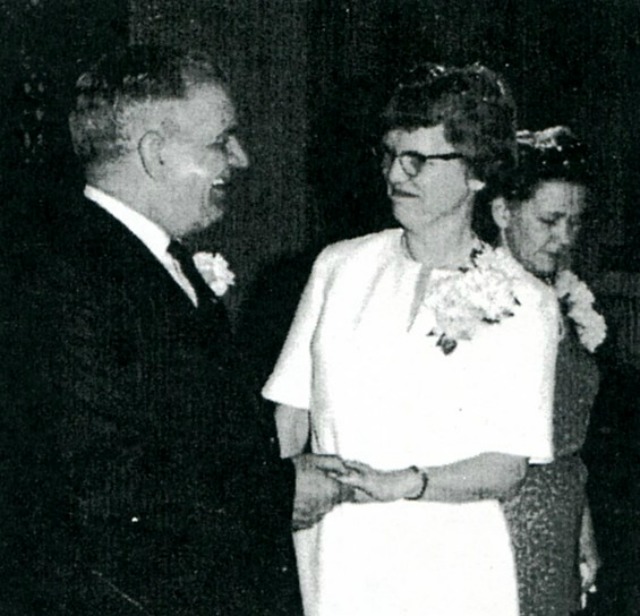
Other couples had an ocean between them, like Helen Bell and Alfred Larsen.
Helen Bell was a "tray girl" at the Sageman Cottage when she was in high school. These were the workers who took trays to bedridden patients, and during her work she met Alfred Larsen, a Norwegian sailor.
On April 9, 1940, the Nazi invasion of Norway left those of her citizens at sea stranded there, temporarily without a country. Many made their way to the United States in the hopes of joining the war effort, and this led to medical examinations. For some, a tuberculosis diagnosis meant they were on their way to Saranac Lake. At one time there were as many as 500 Norwegians curing in various facilities.
Once well, Alfred returned to his Merchant Marine career, but he became Helen's pen pal... for the next twenty years. Upon his retirement in 1964, he wrote to her with an invitation to Norway. She wrote back with a counter-invitation, but did not hear from him for several months. He surprised her with a visit to Saranac Lake. On December 26, 1964, they married.
At last.
professional and patient
Charles Ives, the budding composer, did not have tuberculosis. He was, unofficially, seeking a neurasthenia cure. This was the turn of the century term for "nervous exhaustion," and the curing facilities of Saranac Lake had developed an international reputation for such treatment.
Mark Twain took neurasthenia treatment there in 1901, after a grueling world tour. He was under the care of Dr. David Twichell, whose sister, Harmony Twichell, was a professional nurse.
Charles and Harmony met in September 1905, but Ives, knowing that composing did not necessarily pay well, and wanting to handle his responsibilities, postponed his proposal until 1908. They enjoyed a very happy union until his death in 1954.
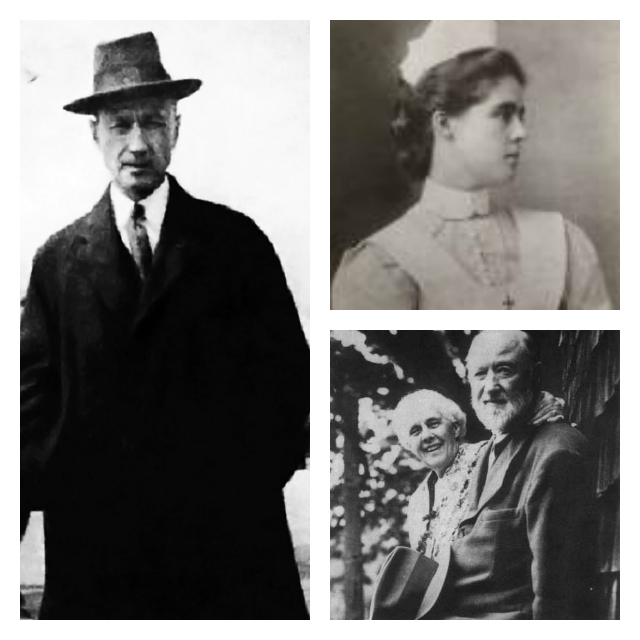
Dr. Lawrason Brown was a pioneering tuberculosis specialist. In the midst of his medical studies at the turn of the nineteenth century, he developed tuberculosis, and came to Saranac Lake to cure. He recovered, finished his studies, and returned to Saranac Lake as a doctor. He became Dr. Trudeau's invaluable director of the "San," developing the Sanitarium's laboratories and modernizing the Sanitarium's records system.
In 1914, he married former patient Martha Lewis Harris. Together, they wove themselves into the community, fostering such good works as literacy, the arts, and fundraising for worthy causes. They also had a collection of over 200 Robert Louis Stevenson autographed first editions. The writer had been very generous with them from when he was a patient in Saranac Lake, and tracking down more books for their collection became a mutual hobby.

In the end, it doesn't matter where we find love.
What is important, is that we find it.
Plan a romantic rendezvous at delightful lodging. Enjoy a dinner for two. Stroll hand in hand through the woods by taking The Pines system of easy trails.
All body photos courtesy of Historic Saranac Lake wiki website except photos of the Ives from charlesivesbio.com
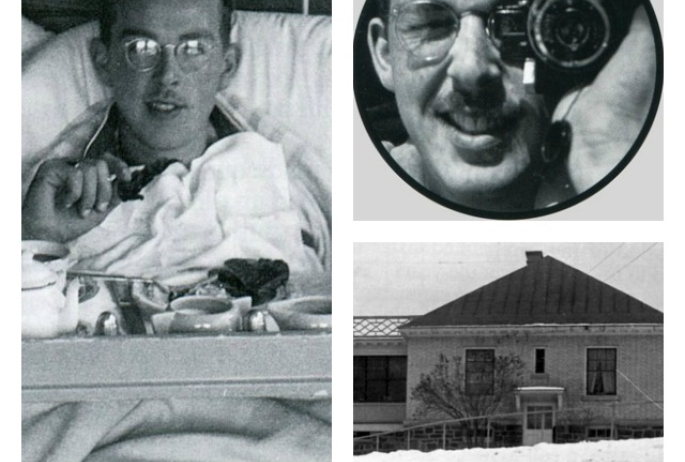
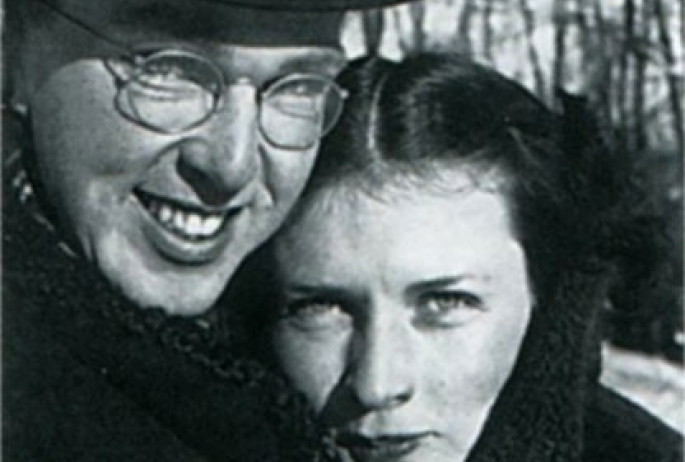
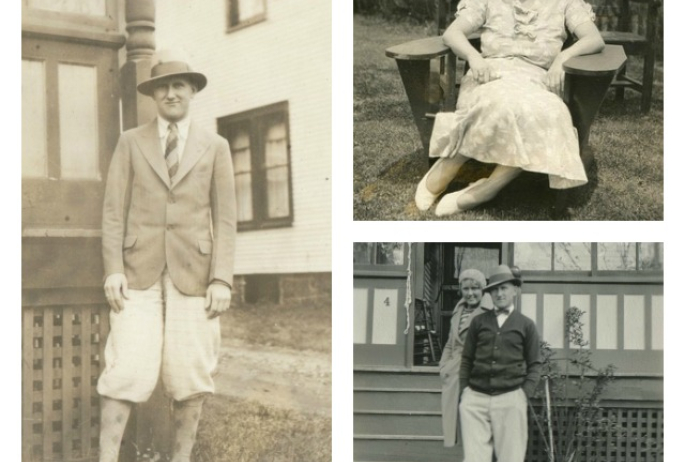
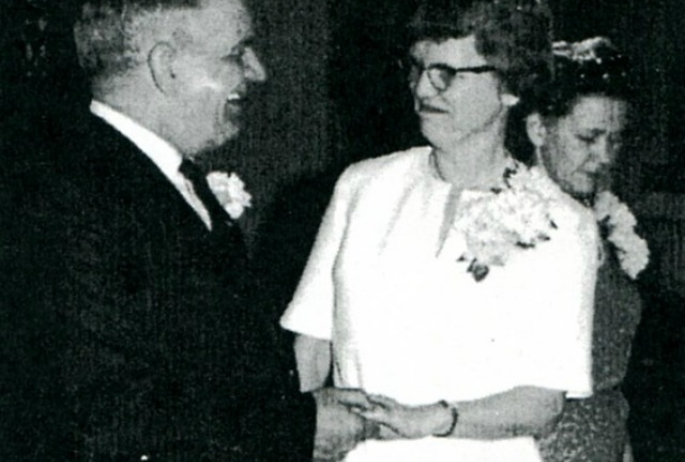


Packages and Promotions
Valid Jan. 21
- Jan. 21
Valid Jan. 21
- Jan. 21
Pet Getaway
Voco Saranac Lake
Your dog deserves an Adirondack getaway too. Book our pet friendly hotel near Lake Placid welcomes every member of your crew. Book our Pet Package...
